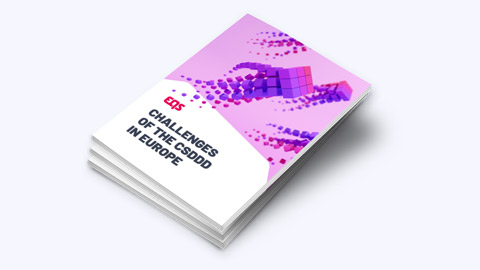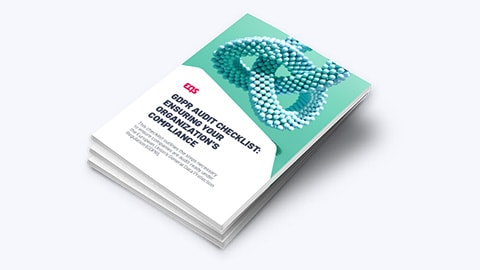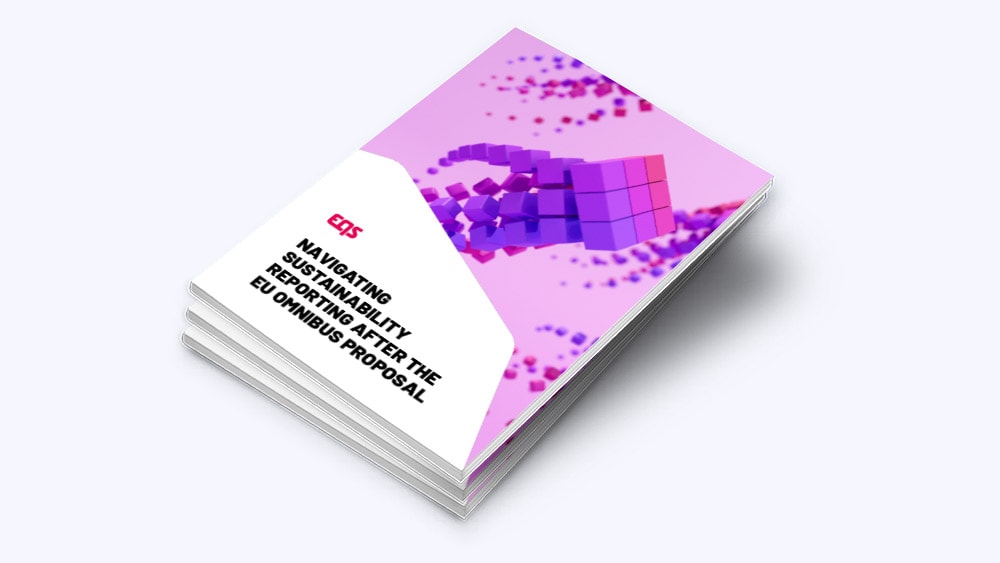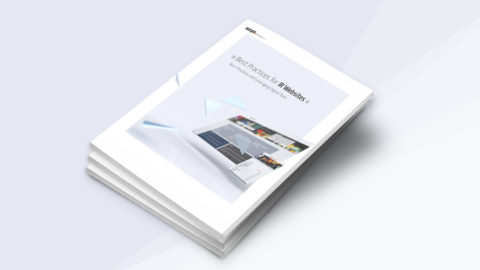Best Practices for Conflict of Interest Disclosure Management
When it comes to effective risk management, it is essential to implement a robust Conflict of Interest program.

Managing conflicts of interest (COIs) in the workplace is crucial for ensuring integrity, ethical decision-making and maintaining public and employee trust in your organisation. However, while conflicts of interest are nothing new to compliance officers, many employees still lack a clear understanding of what constitutes a conflict of interest and why declaring these is important. This article aims to provide best practice guidance on promoting education and awareness when it comes to conflicts of interest, management of risk and the importance of an open and transparent culture.
1) Establish a Clear COI Policy
The starting point of any conflict of interest disclosure management system is a well-defined conflict of interest policy. Firstly, this policy should seek to outline exactly what the organisation views to be a conflict of interest. Conflicts of interest mainly tend to fall under the following categories:
- Personal Relationships: A manager involved in the hiring process of a close friend or family member, potentially compromising objectivity in the selection.
- Financial Interests: An employee who holds shares in a supplier company and has the authority to award contracts, creating a potential bias towards that supplier.
- Outside Employment: An employee who works part-time for a competitor while employed at the current organisation, leading to divided loyalty and potential misuse of confidential information.
- Gifts and Hospitality: An employee accepting lavish gifts or favours from a supplier, potentially influencing purchasing decisions in favour of that vendor (here, a separate Gifts and Hospitality policy is recommended).
It is crucial to define the consequences for non-declaration. This serves as a powerful deterrent and emphasises the importance of adhering to disclosure requirements. Additionally, consider when conflicts of interest need to be disclosed and the frequency of updates employees must provide for their disclosures. Regular updates are crucial to ensure the information remains current and relevant. By setting clear guidelines for updates, such as quarterly or annually, organisations can proactively manage potential conflicts of interest and address any changes that may arise over time.
Consider tailoring your policy to align with your company’s specific business practices. Take into account the geographical areas in which you operate as certain regions may pose higher risks for conflicts of interest. While some departments may carry more inherent risks, it is vital that your policy addresses the entire organisation, acknowledges that anyone can have a conflict of interest and that all employees have a duty to declare such conflicts.
Lastly, establishing clear reporting mechanisms is essential and your policy should provide explicit guidance on how employees can submit their disclosures.
2) Educate and build awareness
One of the significant challenges is drawing employees’ attention to your conflict of interest policy and ensuring that they understand its content, helping them to recognise potential conflict of interests in their own lives. Regular educational campaigns, conducted periodically, can actively draw employee attention to your conflict of interest policy. The frequency and target audience for these campaigns should be carefully considered based on the organisation’s unique needs.
A conflict of interest questionnaire is considered an extremely valuable tool in this process. Once employees have familiarised themselves with the conflict of interest policy, they are directed to complete the conflict of interest disclosure questionnaire. The questionnaire is designed to extract crucial details related to potential conflicts of interest, leaving no room for ambiguity or oversight. The completed questionnaire then undergoes a rigorous review process. This tool not only streamlines the disclosure process but also ensures that all relevant information is captured, enabling organisations to take appropriate actions based on a thorough understanding of the disclosed conflicts.
A further note: Consider conducting interactive training sessions or workshops to educate employees on the importance of COI disclosure, common scenarios, and the reporting process.
3) Establish a single place of storage for COIs
Relying on employees to email their conflicts of interest is a cumbersome approach. The reality is that email inboxes are often overwhelmed, and it becomes challenging for compliance officers to manually forward conflict of interest declarations to the appropriate department. Moreover, the need to follow up on regular updates, track the status of each COI, and compile information into spreadsheets only adds to the inefficiency and complexity of the process.
Embracing digital tools, however, represents best practice for conflict of interest management. These tools offer numerous advantages beyond facilitating education, awareness, and policy management. By implementing such tools, organisations establish a centralised repository specifically designed for storing COI disclosures, eliminating the reliance on cluttered email inboxes.
These tools provide compliance officers with immediate access to critical information at a glance. They can determine who has read the conflict of interest policy, identify employees who have declared conflicts of interest, and instantly view the status of each request, including submission dates and the reviewing party involved. This centralised approach saves manual work and enables compliance officers to focus on more strategic and value-added activities.
4) Create Open Dialogue and Trust
Lastly, fostering the right culture is paramount to ensuring the trustworthiness of any conflict of interest disclosure management process. It is imperative that employees feel both comfortable and secure when it comes to disclosing potential conflicts. Creating an atmosphere that encourages individuals to come forward without fear of unfair review procedures, compromised confidentiality, or retaliation is of utmost importance.
Moreover, leadership plays a vital role in setting the tone for the organisation. Leaders should actively encourage and value conflict of interest disclosures as an integral part of maintaining ethical standards. By making their own conflict of interest disclosures, leaders can instil confidence among employees, reinforcing the belief that their disclosures will be treated seriously and with the utmost respect.
Implementing a robust Conflict of Interest (COI) program is essential for organisations seeking to manage risks effectively. By identifying, assessing, and mitigating potential conflicts of interest, companies can safeguard their integrity and reputation, ensuring ethical conduct and compliance.

Key principles of establishing an effective ABC programme





